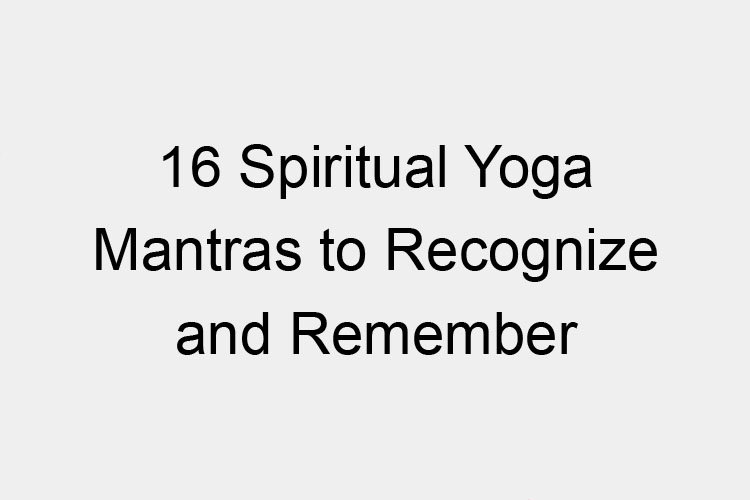
Meal preparation is a weekly preparation of meals for a period of time longer than two days. Planning, cooking, and packaging food for the upcoming week can save time and money. There are many benefits and it is not as intimidating as it looks! Here are my top 5 reasons to start.
-
Save Time– Planning ahead is a key component in staying on track, reaching your goals, and saving time. Planning your meals in advance requires you to create a list of all the ingredients you will need for that week’s meals. In doing so, you can eliminate the possibility of running back and forth to the grocery store for last minute items.
-
Save Money- You will save money through buying in bulk and eliminating restaurant markup.
-
Decrease Stress– Throughout life, people are encouraged to stay organized by creating to-do lists in order to fulfill obligations without last minute stress. This same philosophy applies when aiming to maintain a healthy, nutritious diet. As your schedule becomes hectic, it seems juggling nutrition with the rest of your life is impossible, however, meal preparation is one way to reduce stress and give you one less thing to worry about.
-
Make Healthier Choices-Preparing meals yourself enables you to include healthier and unprocessed ingredients.
-
Eat Higher Quality Foods– Instead of reaching quick processed and prepackaged snacks or meals that go over your caloric needs, you will now be able to eat home cooked healthier foods in proper portions.





























































 The online community of yoga blogs filled with information about yoga, meditation, and wellness is massive. I have narrowed down a list of my favorite yoga blogs that are constantly updated and have a significant amount of readers. Each blog provides the yoga community with value, as they share well-written articles, workshops, yoga classes, videos, free yoga challenges, and more. Here are a few gems that I think stand out the most.
The online community of yoga blogs filled with information about yoga, meditation, and wellness is massive. I have narrowed down a list of my favorite yoga blogs that are constantly updated and have a significant amount of readers. Each blog provides the yoga community with value, as they share well-written articles, workshops, yoga classes, videos, free yoga challenges, and more. Here are a few gems that I think stand out the most.

























